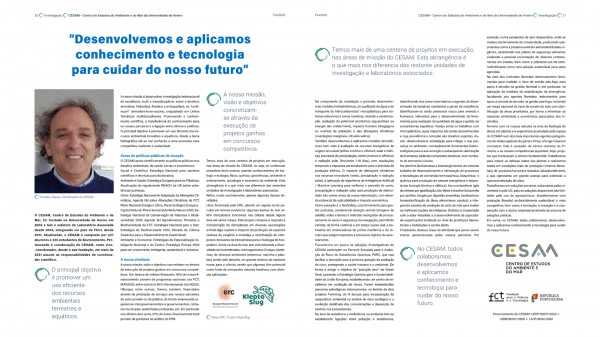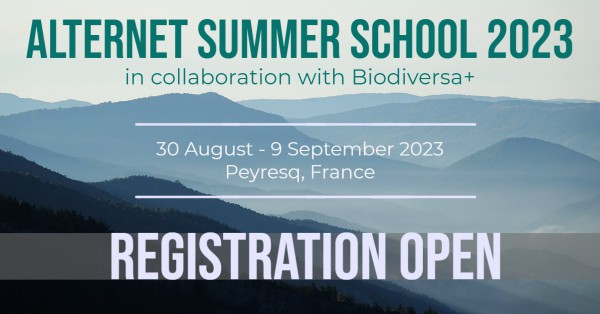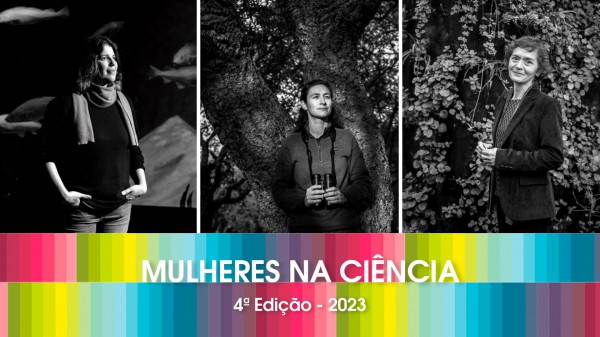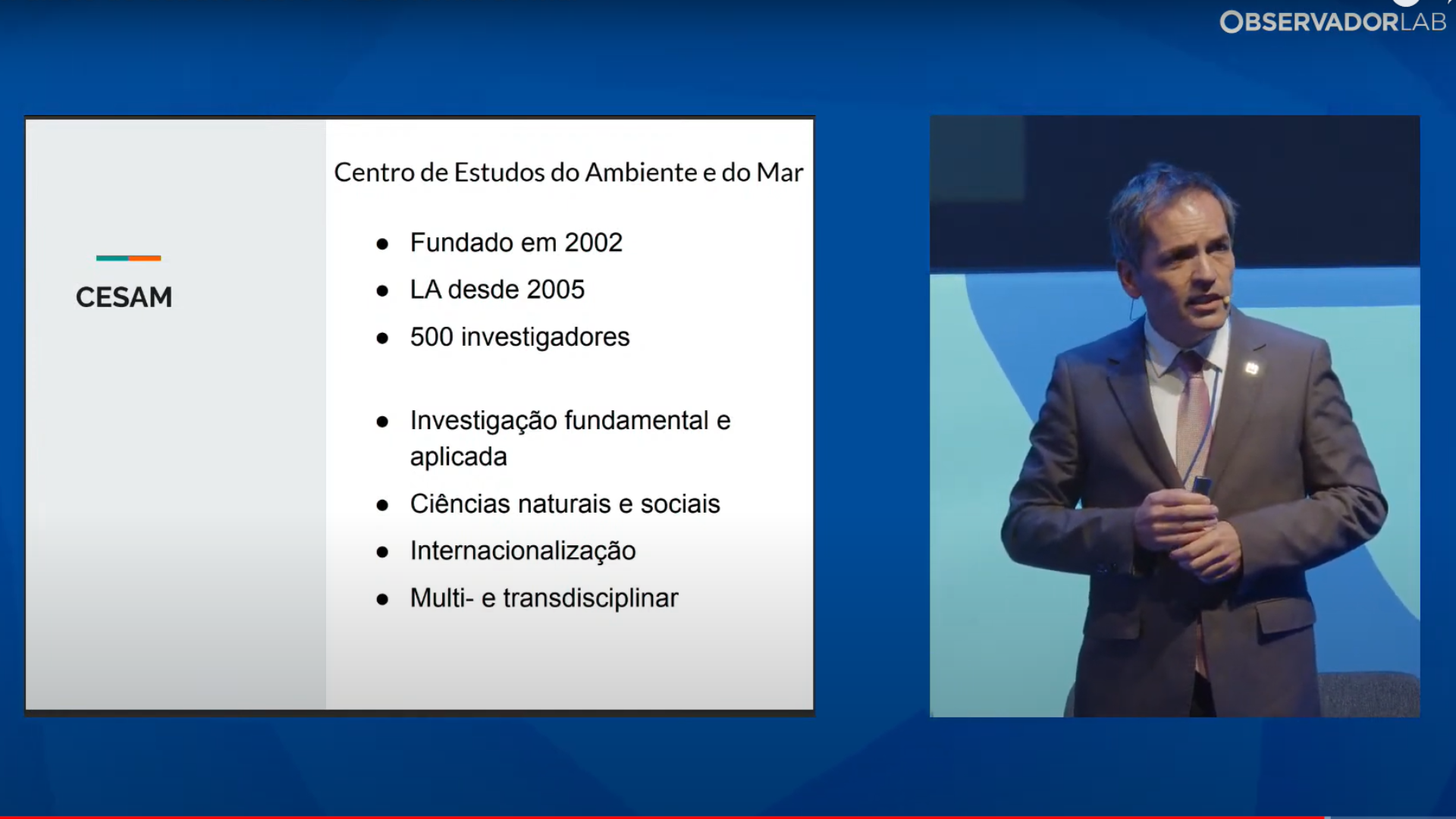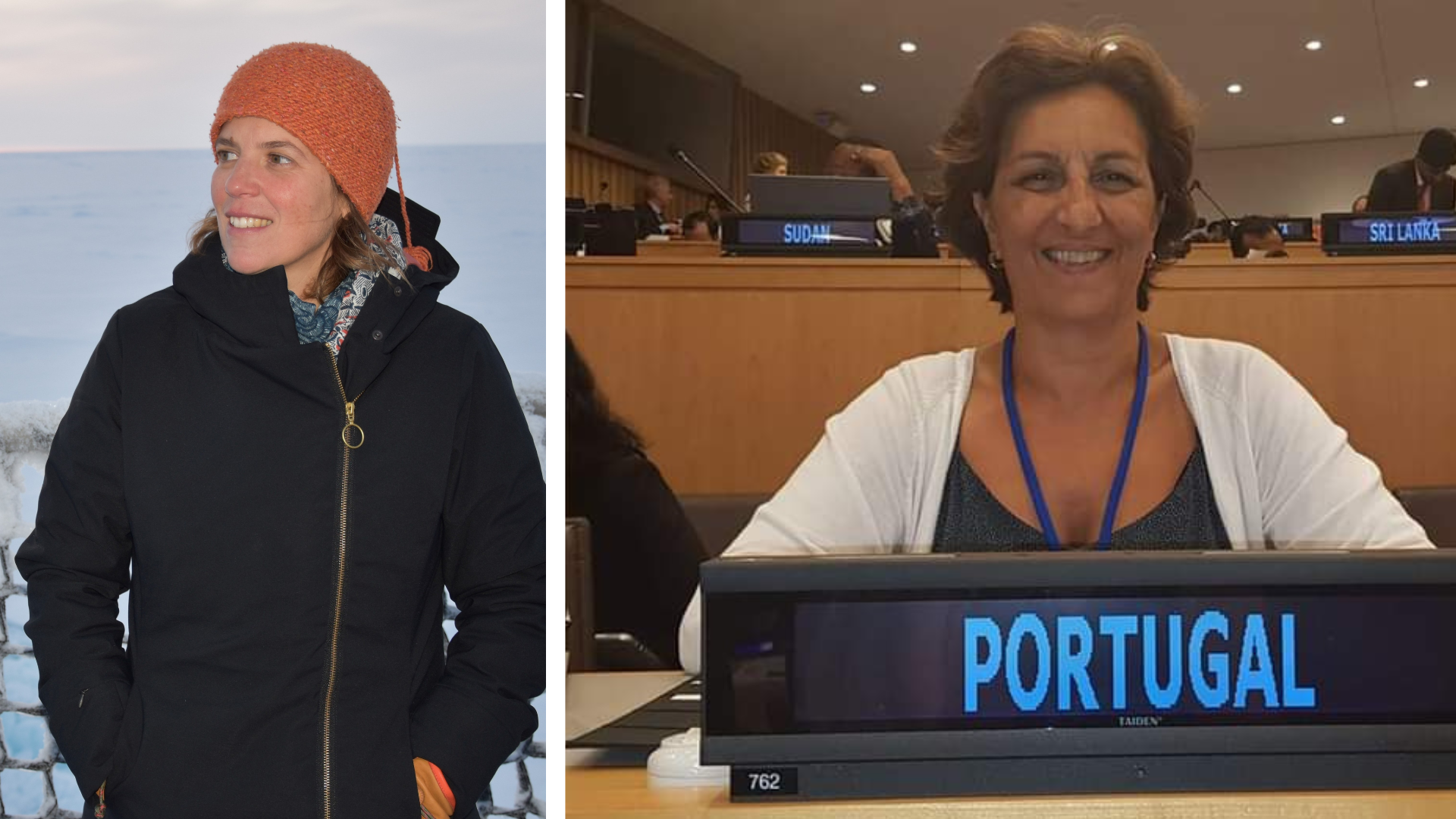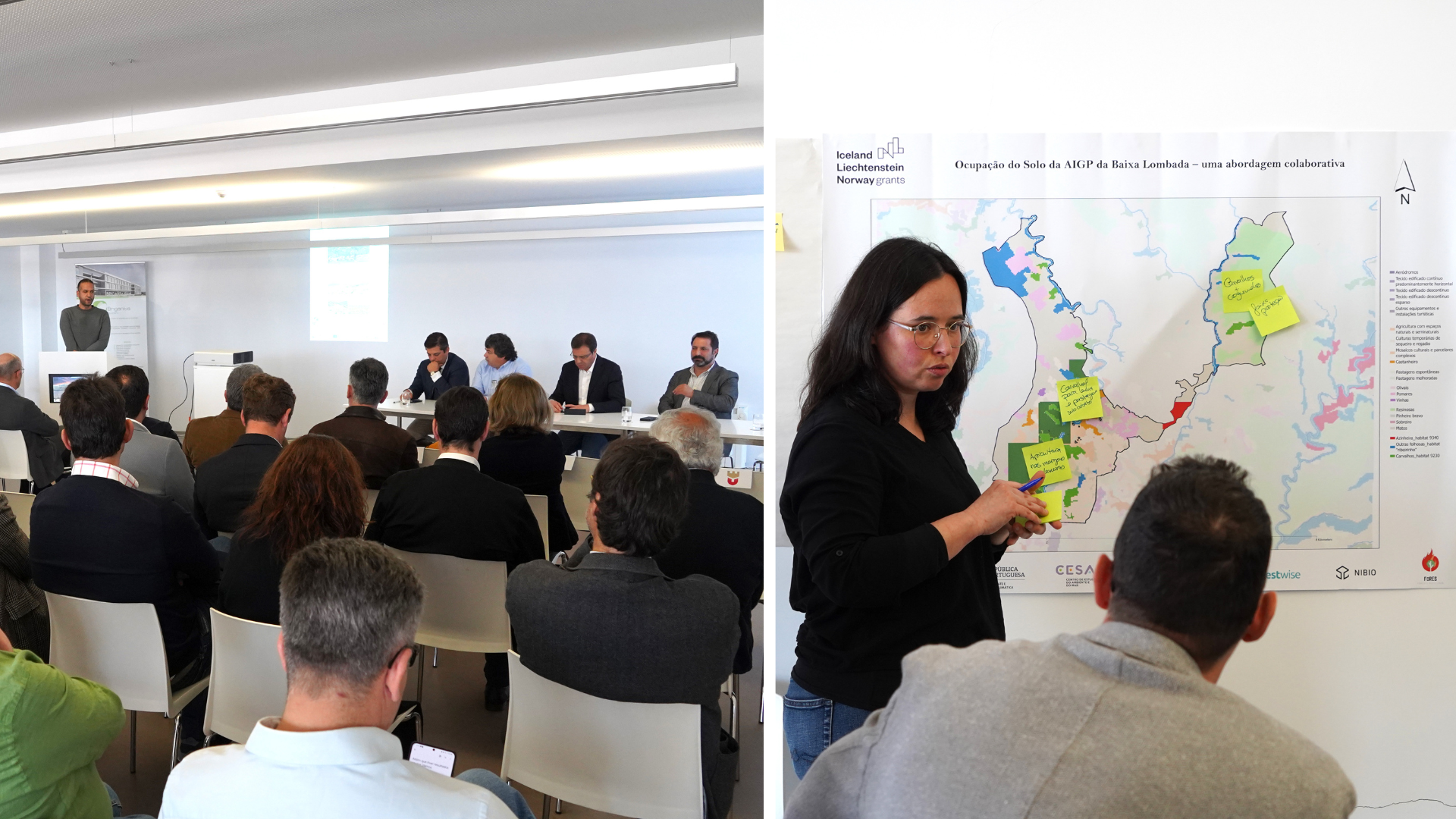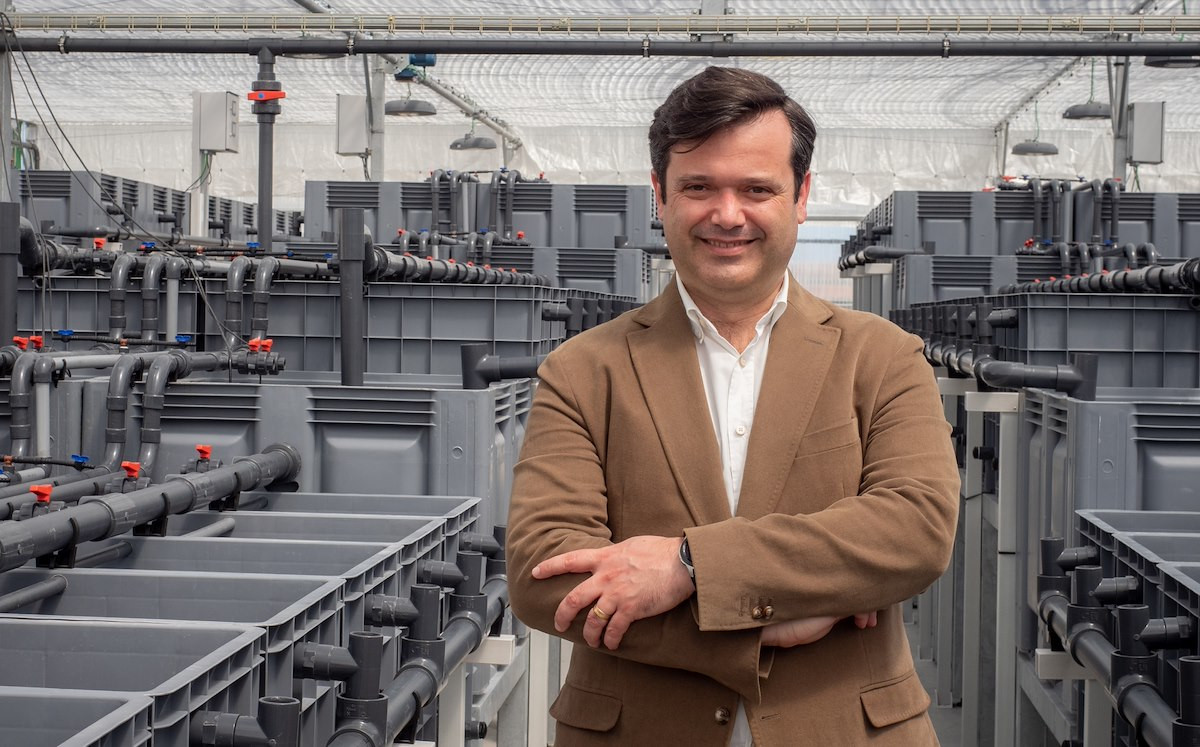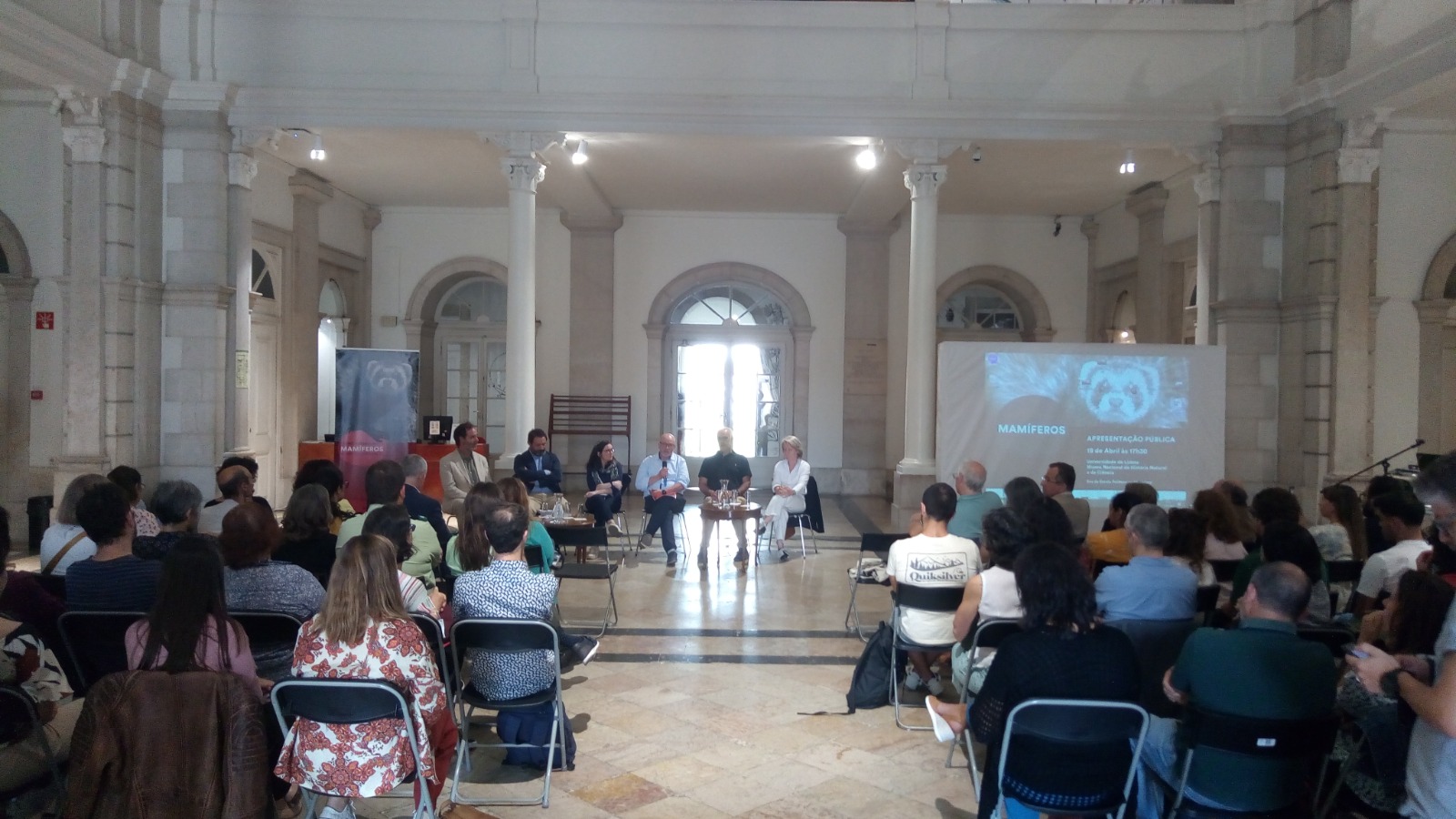Three weeks ago, on March 4th, in New York, the UN Intergovernmental Conference on Marine Biodiversity Beyond National Jurisdiction announced that the member states had reached an agreement for a treaty to protect the high seas. The new treaty, under the United Nations Convention on the Law of the Sea (UNCLOS), addresses the conservation and sustainable use of marine biodiversity in areas beyond national jurisdiction (ABNJ).
This agreement, which has been under discussion among member states for 20 years, provides a legal framework for ocean regions beyond national borders.
Considered a historic moment by the Conference President, Ambassador Rena Lee of Singapore, and UN Secretary-General António Guterres, this agreement has made headlines in major newspapers worldwide. Whether international newspapers like The Guardian or Portuguese newspapers like Público, Diário de Notícias, or Expresso.
“It has been a long journey to reach a treaty. We count on the 52 states that make up the High Ambition Coalition to lead the task of adopting, ratifying, and identifying important high seas areas to be protected,” said Rebecca Hubbard in the press release issued by the High Seas Alliance.
To better understand the significance of this agreement, we spoke with two of our experts in this field, Ana Hilário and Fátima Lopes Alves.
CESAM: In general terms, what is this treaty? What are its objectives?
Ana Hilário: This treaty is related to the management and protection of biodiversity over 60% of our planet – the area beyond national jurisdiction, which is not subject to the laws or control of any individual nation. This area hosts a wide variety of marine species, from phytoplankton to blue whales that don’t recognize national boundaries! This new treaty enables the creation of marine protected areas beyond national jurisdiction, which is crucial to achieving the goal set last year: protecting 30% of the planet’s lands and oceans by 2030.
Fátima Lopes Alves: The goal of the new treaty is to establish a comprehensive legal framework for the conservation and sustainable use of marine biodiversity in areas beyond national jurisdiction, including the establishment of marine protected areas and the regulation of activities such as fishing, mining, and bioprospecting. The treaty also aims to enhance international cooperation and scientific research to better understand and manage the complex and interconnected ocean ecosystems.
Negotiations for the new treaty text have been ongoing since 2018 and have involved a wide range of stakeholders, including governments, NGOs, and the private sector.
CESAM: What is the social and ecological relevance of this treaty?
Ana Hilário: As marine biodiversity faces threats such as overfishing, climate change, and emerging activities like deep-sea mining, this new treaty, once ratified, will create an international legal framework focused on protecting oceanic species or ecosystems. Human well-being worldwide depends on a healthy ocean: the ocean is the planet’s largest climate buffer, and billions of people directly rely on the ocean for food and employment. The new treaty protects nature, but also people.
Fátima Lopes Alves: It’s highly relevant both in terms of social and ecological impacts.
From a social perspective, the treaty has the potential to address many of the challenges the ocean faces, such as overfishing, pollution, and biodiversity loss. The ocean is a vital resource for human well-being and supports a wide range of industries, including fishing, tourism, and shipping. By establishing a comprehensive legal framework for the conservation and sustainable use of marine biodiversity in ABNJ, the treaty can help ensure the long-term health and resilience of the ocean, which is essential for the continued prosperity of coastal communities and the global economy.
From an ecological perspective, the treaty is also highly relevant. The ocean is one of the planet’s most biodiverse and ecologically complex environments, essential for Earth’s systems like regulating global climate and providing oxygen through photosynthesis. However, the ocean is also threatened by human activities, including fishing, habitat destruction, pollution, and climate change. By establishing stronger regulations and protections for the ocean, the treaty can help safeguard marine biodiversity and ensure the continued functioning of these critical ecosystems.
Short Biographies
Ana Hilário is a deep-sea biologist at the Center for Environmental and Marine Studies at the University of Aveiro. Over the past 15 years, Ana has led several projects and participated in more than 20 oceanographic cruises dedicated to studying deep-sea ecosystems, with extensive experience in seafloor sampling. She currently co-leads Challenger 150 (www.challenger150.world), a 10-year program of deep-sea biological science endorsed by the UN’s Decade of Ocean Science for Sustainable Development.
Fátima Lopes Alves is a professor at the Department of Environment and Planning at the University of Aveiro and a researcher and member of the Center for Environmental and Marine Studies (CESAM). With over 28 years of professional experience, her main areas of expertise are Coastal and Marine Planning and Governance, Planning of Protected Area Territories, and Environmental Assessment. In September 2018, she joined the Portuguese team nominated by FCT (Portuguese Foundation for Science and Technology) to join the Permanent Mission of Portugal to the UN in the negotiations of this treaty.
